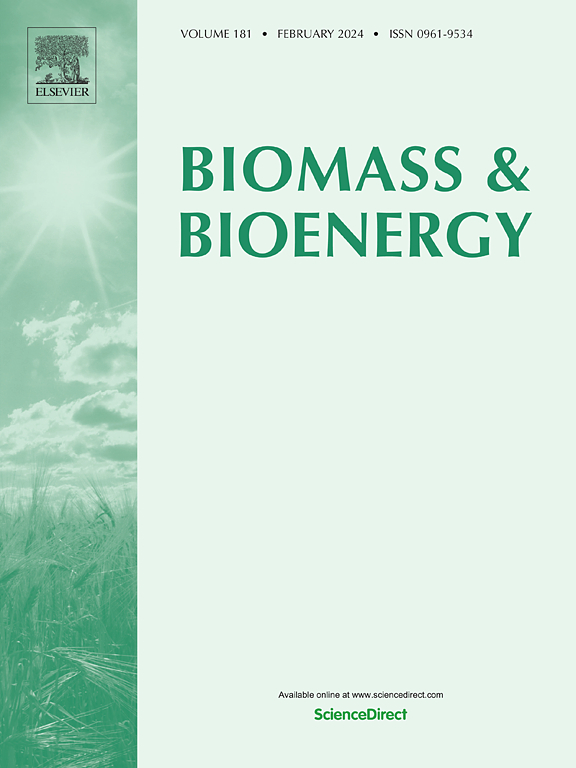Valorization of betel leaf industry waste: Extraction of cellulose nanocrystals and their compatibility with starch-based composite films
IF 5.8
2区 生物学
Q1 AGRICULTURAL ENGINEERING
引用次数: 0
Abstract
In the present study, betel leaf petioles, an abundant waste of betel leaf industries, were investigated as a promising source for extraction of cellulose nanocrystals (CNC) and evaluated the suitability of these CNC as a filler in biocomposites. In this context, the CNCs were isolated using sulfuric acid hydrolysis treatment and then incorporated into potato starch-guar gum (PSGG) composite films to assess their reinforcing effects. The results showed that the extracted CNCs exhibited rod-like structures with lengths ranging from 54 to 347 nm, diameters ranging from 2.82 to 10.17 nm, and a crystallinity index of 67.62 %, indicating successful removal of amorphous regions. This study also showed that adding of 1 % CNCs significantly enhanced the tensile strength and elongation at break of the PSGG films from 8.29 MPa to 11.22 MPa and 8.60 %–24.85 %, respectively. Moreover, water solubility and water vapour permeability of the PSGG films were found to decrease significantly due to the addition of the CNC. Furthermore, microstructure analysis of the films illustrated smooth, crack-free and homogenous surfaces, showcasing compatibility of the extracted CNC with the PSGG film.

求助全文
约1分钟内获得全文
求助全文
来源期刊

Biomass & Bioenergy
工程技术-能源与燃料
CiteScore
11.50
自引率
3.30%
发文量
258
审稿时长
60 days
期刊介绍:
Biomass & Bioenergy is an international journal publishing original research papers and short communications, review articles and case studies on biological resources, chemical and biological processes, and biomass products for new renewable sources of energy and materials.
The scope of the journal extends to the environmental, management and economic aspects of biomass and bioenergy.
Key areas covered by the journal:
• Biomass: sources, energy crop production processes, genetic improvements, composition. Please note that research on these biomass subjects must be linked directly to bioenergy generation.
• Biological Residues: residues/rests from agricultural production, forestry and plantations (palm, sugar etc), processing industries, and municipal sources (MSW). Papers on the use of biomass residues through innovative processes/technological novelty and/or consideration of feedstock/system sustainability (or unsustainability) are welcomed. However waste treatment processes and pollution control or mitigation which are only tangentially related to bioenergy are not in the scope of the journal, as they are more suited to publications in the environmental arena. Papers that describe conventional waste streams (ie well described in existing literature) that do not empirically address ''new'' added value from the process are not suitable for submission to the journal.
• Bioenergy Processes: fermentations, thermochemical conversions, liquid and gaseous fuels, and petrochemical substitutes
• Bioenergy Utilization: direct combustion, gasification, electricity production, chemical processes, and by-product remediation
• Biomass and the Environment: carbon cycle, the net energy efficiency of bioenergy systems, assessment of sustainability, and biodiversity issues.
 求助内容:
求助内容: 应助结果提醒方式:
应助结果提醒方式:


